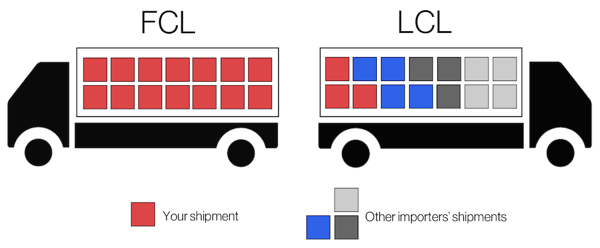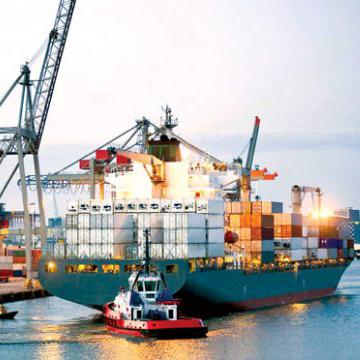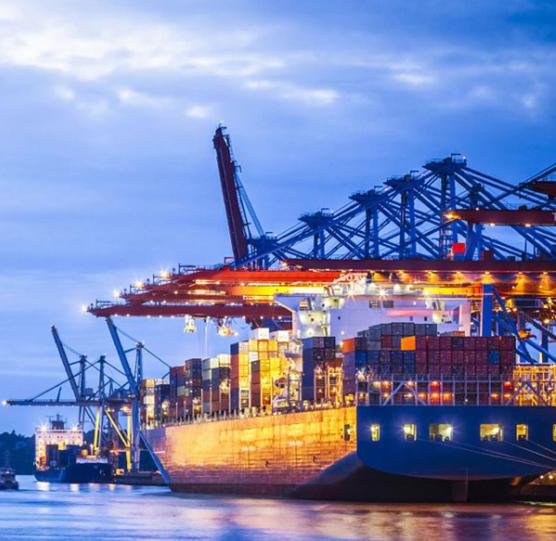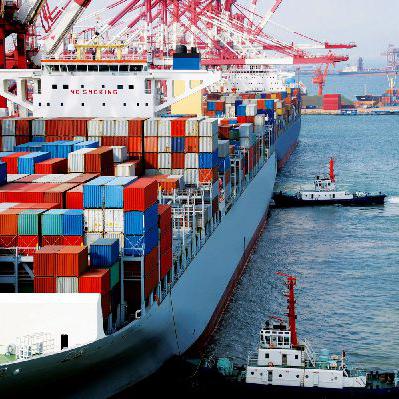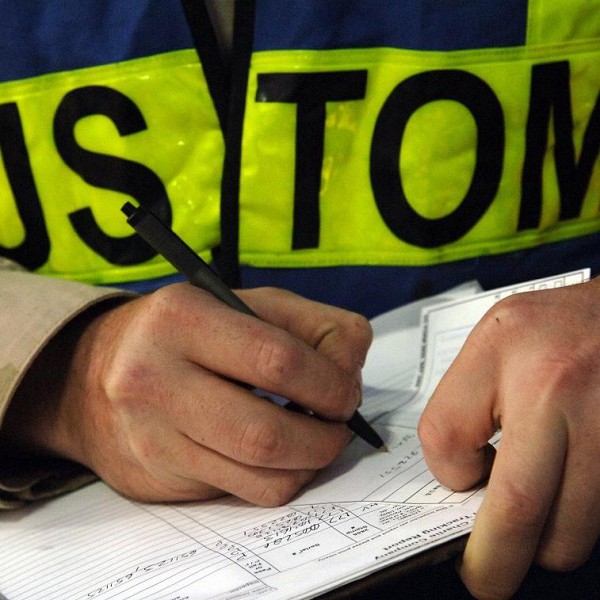At ATT Logistics, smaller shippers are never an inconvenience. We build our business in a reliable and consistent way that meets the specific needs of any size shipper. This allows shippers to compete more effectively in the global market.
ATT Logistics - Providing information on Container shipping to businesses that need to use freight services. Different from traditional shipping method, there are 3 ways to send goods by Container:
- Sent Goods Container
- Send Retail Goods
- Combined Shipment

1) FCL - Full Container Load
FCL is to line up the whole container, the shipper and the consignee are responsible for packing and unloading the container. When the shipper has a homogeneous cargo volume sufficient to fill a container or multiple containers, one or more containers are rented.
According to the FCL / FCL method, the responsibility for delivery, handling, and other costs are divided as follows:
a) Liability of Shipper (Shipper)
- Rent and transport empty containers to your warehouse or store for packing.
- Packing goods in containers including stowing and lining goods in containers.
- Code the symbol and transport symbol.
- Customs procedures and lead sealing according to export regulations.
- Transporting and delivering containers to carriers at container yards (CY), and receiving bills of lading issued by carriers.
- Bear the costs associated with the above operations.
The packing of goods into containers can also be carried out at the loading station or container yard of the carrier. The shipper must transport his goods to the container yard and load the goods into the container.
b) Responsibility of Transporter (Carrier)
- Release bills of lading for shippers.
- Managing, taking care of, sending chemical goods loaded in containers from receiving containers at port container yards until delivery to recipients at destination port container yards.
- Unloading containers from port container yards to ship to transport, including stowing containers onto ships.
- Unload the container from the ship to the destination port container yard.
- Deliver the container to the recipient with a valid bill of lading at the container yard.
- Bear all costs of the above operation.
c) Responsibility of the Consignee
- Arrange import papers and customs clearance for shipments.
- Export the bill of lading (B / L) with the carrier to receive goods at the container yard.
- Transporting containers to their warehouses, quickly withdrawing and returning empty containers to carriers (or container leasing companies).
- Bear all costs related to the above operation, including the cost of transporting containers to the container yard.
2) Less Than Container Load
a) Responsibilities of Shippers
- Transporting goods from our inland container yard to the consignee at the container station (CFS - Container Freight Station) of the collector and bear this cost.
- Transfer to collectors the necessary documents related to goods, transportation, and customs procedures.
- Receiving bill of lading (Bill of Lading) and paying retail freight.
b) Transporter Responsibilities
The retailer can be a real carrier - that is, the shipping lines and can also be the one who organized the transport but no ship.
Real carrier
As a trader of retail goods on behalf of collectors. They are responsible for carrying out the retail shipping operation as mentioned above, signing the real bill of lading (LCL / LCL) for the shipper, container loading, shipping to the destination port, unloading the container from the ship, shipping to the delivery yard and retail delivery to the consignee according to the bill of lading which was issued at the port
Organizers of retail goods
As a person who organizes a retail organization, it is usually delivered by a forwarding company in the name of a collector. So on behalf, they are the carriers, not agents (Agent). They are responsible for the whole process of transporting goods from the receipt of the odd goods at the port of delivery until delivery is completed at the destination port. Bill of lads who collect goods (House Bill of Lading). But they do not have means of transport to do business on their own, so collectors have to hire a ship from the actual carrier to transport the odd lots arranged in containers and seal them.
The relationship between collectors is now the relationship between charterers and carriers.
The carrier carries the container onto the ship, signs the consignee's bill of lading (Master Ocean of Bill Lading), the destination port bill of lading, unloads the container, transports it to the container yard and delivers it to the agent or representative of the collector. at the destination port.
c) Retail Consignee's Responsibility
- Arrange import licenses and customs clearance for shipments.
- Export a valid bill of lading to a consolidator or a collector's representative to pick up the goods at the port of destination at the destination port.
- Quickly receive goods at the delivery station (CFS)
3) FCL / LCL - LCL / FCL
-
Send raw, retail (FCL / LCL)
- Retail, integer delivery (LCL / FCL)
When delivery by combined method, the responsibility of shippers and carriers also changes accordingly. For example: sending raw materials, retailing (FCL / LCL), the responsibility of the sender and the carrier when sending as a raw method but when receiving, the responsibility of the receiver and the carrier as the method of shipping.
